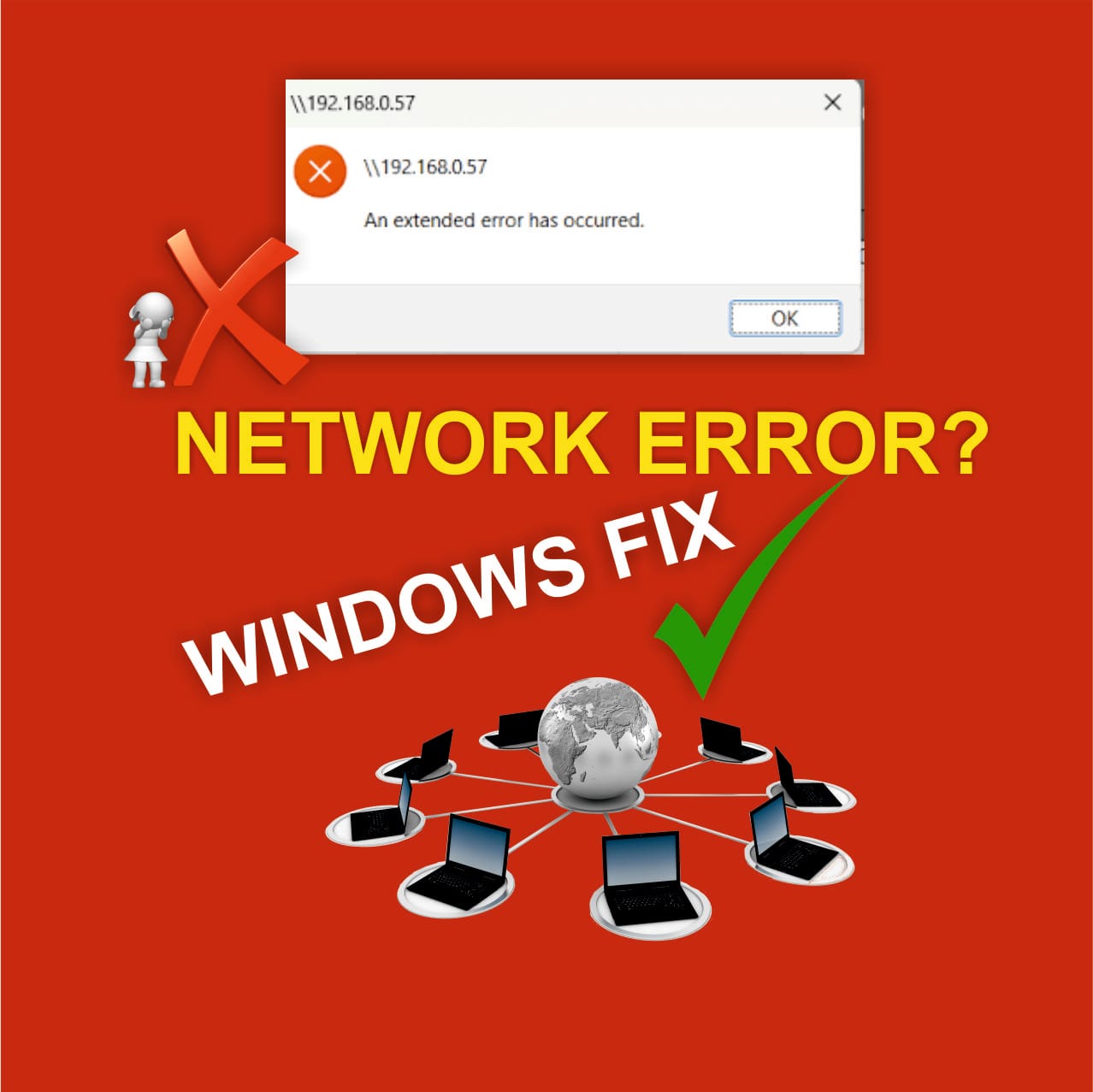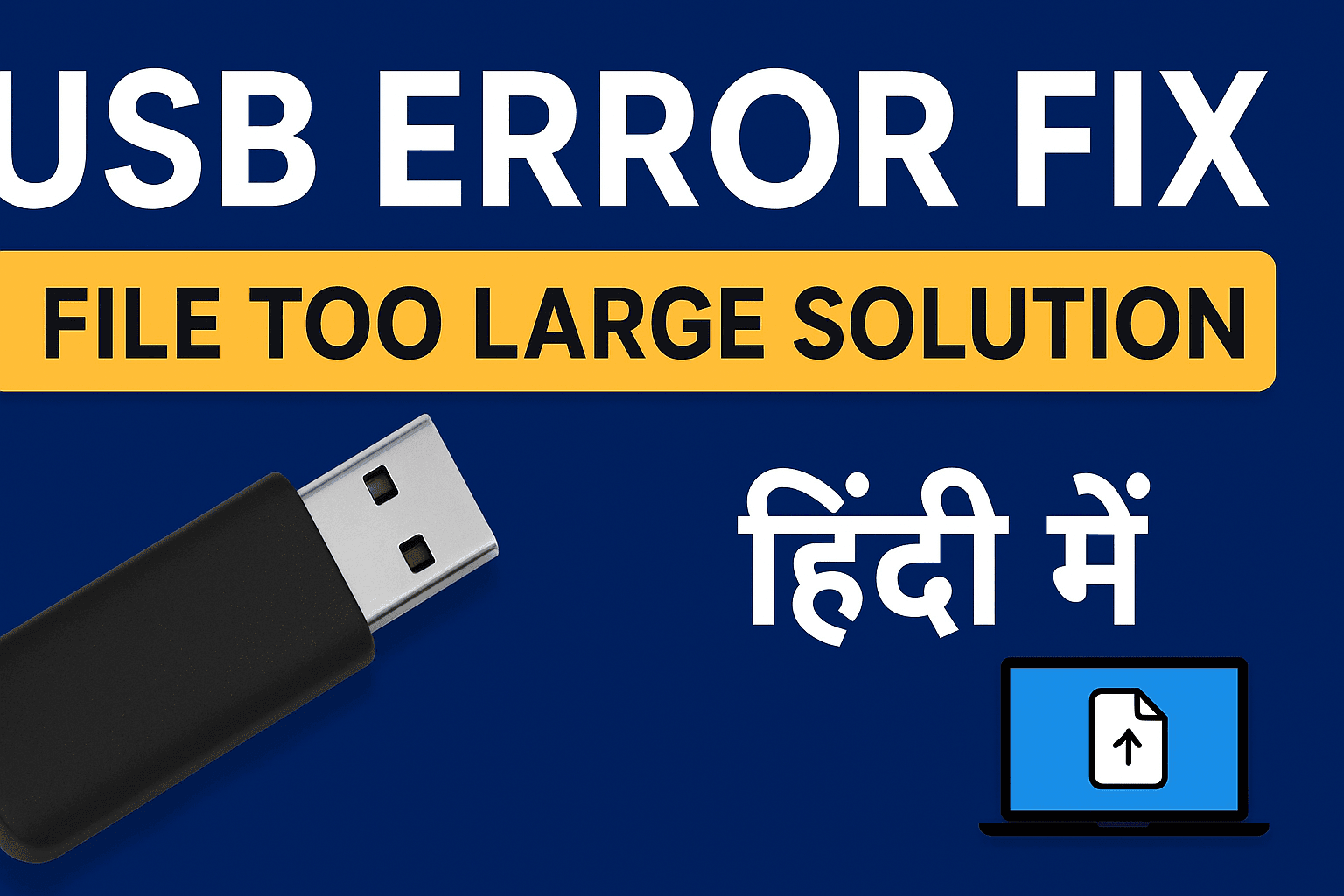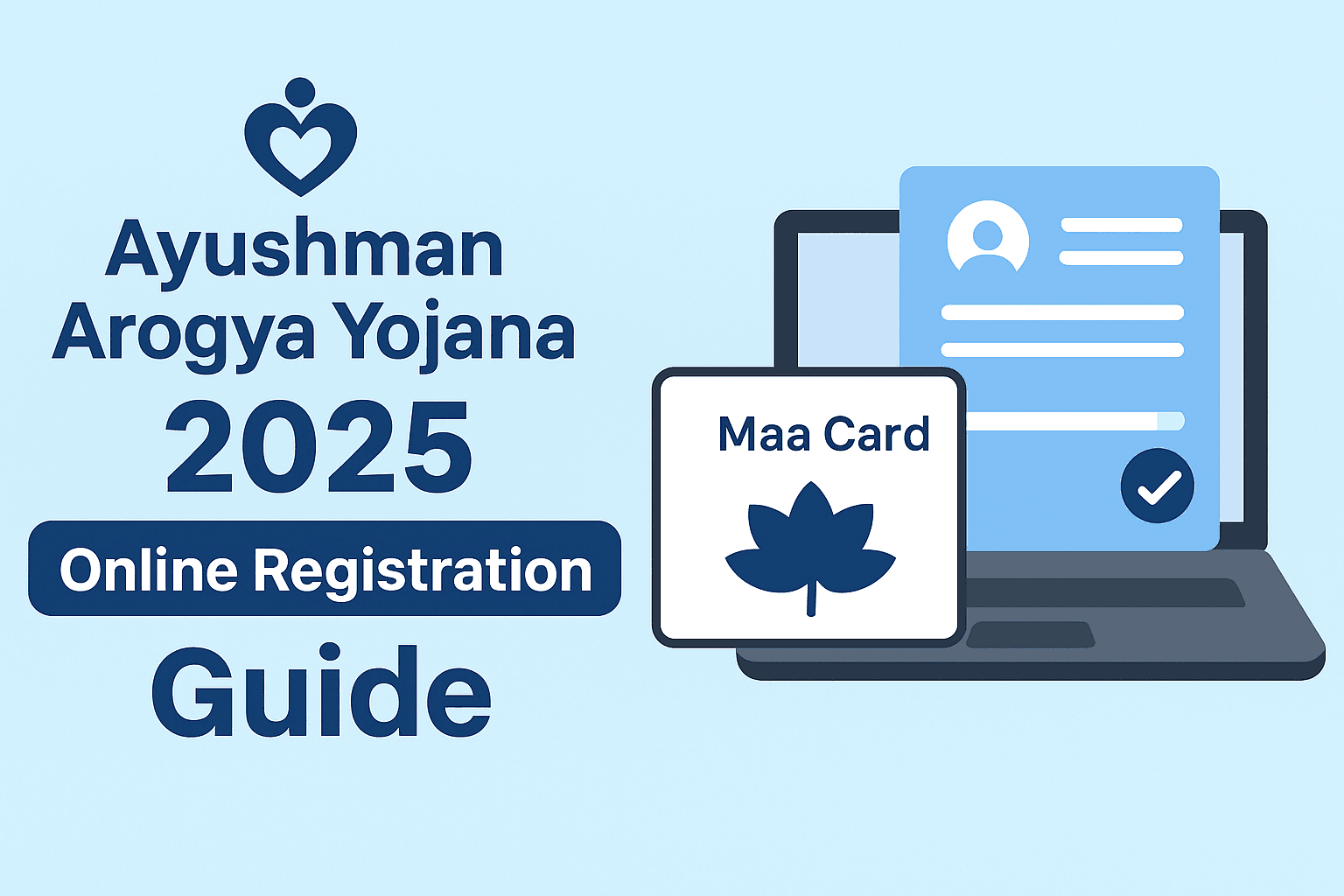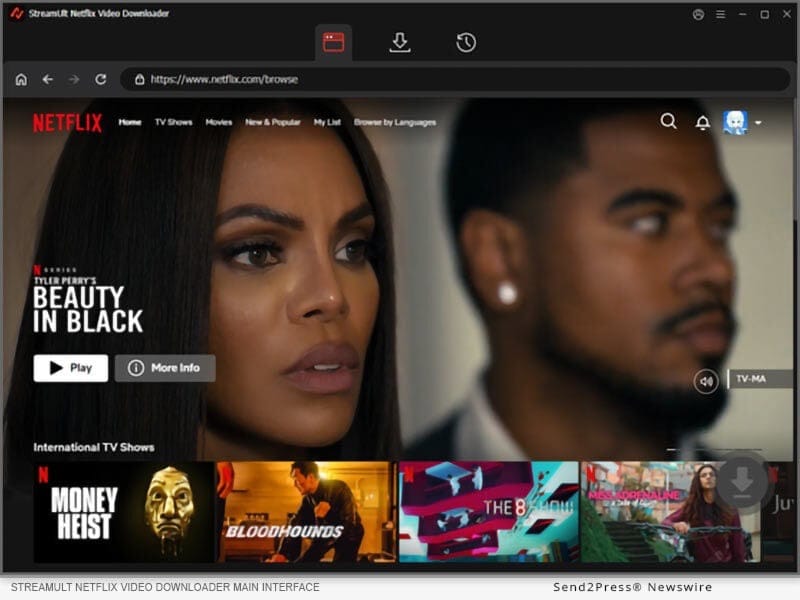The Federal Bureau of Investigation (FBI) has recently issued a critical warning to users of popular email services such as Gmail and Outlook. Cybercriminals are employing sophisticated tactics to gain unauthorized access to email accounts, even those protected by multi-factor authentication (MFA). Understanding these threats and implementing robust security measures is essential to safeguard personal and organizational information.
Outline
| Main Topics | Subtopics |
|---|---|
| Introduction | Overview of the FBI’s warning |
| Understanding the Threat Landscape | – Rise in sophisticated cyberattacks- Targeted platforms: Gmail, Outlook, and others |
| Techniques Used by Cybercriminals | – Phishing scams- Malware distribution- Cookie theft |
| Phishing Scams: The Primary Vector | – Definition and methods- Real-world examples |
| Malware Distribution Tactics | – Common malware types- Infection methods |
| Cookie Theft: Bypassing MFA | – Explanation of session cookies- How attackers exploit cookies |
| The Role of Multi-Factor Authentication (MFA) | – Importance of MFA- Limitations highlighted by recent attacks |
| Case Study: Medusa Ransomware | – Overview of Medusa as a ransomware-as-a-service variant- Impact on various sectors |
| Preventive Measures for Individuals | – Recognizing phishing attempts- Safe browsing practices- Regular software updates |
| Preventive Measures for Organizations | – Employee training programs- Network segmentation- Secure backup strategies |
| The Importance of Regular Security Audits | – Identifying vulnerabilities- Implementing corrective actions |
| Reporting and Responding to Incidents | – Steps to take after a breach- Importance of reporting to authorities |
| The Psychological Aspect of Cyber Threats | – Understanding social engineering- Building a security-conscious culture |
| Future Trends in Email Security | – Evolution of cyber threats- Emerging security technologies |
| Conclusion | – Recap of key points- Emphasis on proactive security measures |
FBI Issues Urgent Warning: Protect Your Gmail and Outlook Accounts Now
Meta Description: The FBI warns Gmail and Outlook users about sophisticated cyberattacks bypassing multi-factor authentication. Learn how to protect your email accounts from these evolving threats.
Introduction
In an era where digital communication is integral to personal and professional life, email security has become paramount. The Federal Bureau of Investigation (FBI) has recently issued a warning to users of popular email services like Gmail and Outlook, highlighting sophisticated cyberattacks that can compromise accounts even with multi-factor authentication (MFA) enabled. Understanding these threats and implementing effective security measures is crucial to protect sensitive information.
Understanding the Threat Landscape
Cybercriminals are continually evolving their tactics to exploit vulnerabilities in widely used platforms. Services like Gmail and Outlook, with their vast user bases, have become prime targets. The FBI’s warning underscores the urgency for users to be vigilant and proactive in securing their email accounts.
Techniques Used by Cybercriminals
Attackers employ a variety of methods to infiltrate email accounts:
Phishing Scams: Deceptive messages designed to trick users into revealing credentials or clicking malicious links.
Malware Distribution: Software that infiltrates systems to steal data or cause harm.
Cookie Theft: Hijacking session cookies to bypass authentication mechanisms.
Phishing Scams: The Primary Vector
Phishing remains one of the most prevalent methods for cyberattacks. Attackers craft convincing emails or messages that appear legitimate, luring users into providing sensitive information or clicking on malicious links. These scams often create a sense of urgency, prompting immediate action without due diligence.
Malware Distribution Tactics
Cybercriminals utilize various malware types, such as keyloggers and ransomware, to compromise systems:
Keyloggers: Record keystrokes to capture passwords and other sensitive data.
Ransomware: Encrypts data, demanding payment for restoration.
Infection methods include malicious email attachments, compromised websites, and software vulnerabilities.
Cookie Theft: Bypassing MFA
Session cookies, which store authentication details, can be exploited if stolen. Attackers use techniques like phishing and malware to hijack these cookies, granting unauthorized access without needing login credentials. This method effectively bypasses MFA, as the session is already authenticated.
The Role of Multi-Factor Authentication (MFA)
While MFA adds an extra layer of security, recent attacks demonstrate its limitations. Cybercriminals have developed methods to circumvent MFA, emphasizing the need for additional security measures and user vigilance.
Case Study: Medusa Ransomware
Medusa, a ransomware-as-a-service variant, has been active since 2021, targeting sectors like medical, education, and legal. It employs phishing and exploits unpatched software vulnerabilities to encrypt victims’ data, demanding ransom under threat of public release. citeturn0news17
Preventive Measures for Individuals
To safeguard against these threats:
Recognize Phishing Attempts: Be cautious of unsolicited messages, especially those urging immediate action.
Practice Safe Browsing: Avoid clicking on unknown links or downloading attachments from untrusted sources.
Keep Software Updated: Regularly update operating systems and applications to patch vulnerabilities.
Preventive Measures for Organizations
Organizations should implement comprehensive security strategies:
Employee Training: Educate staff on identifying and responding to phishing attempts.
Network Segmentation: Divide networks to limit the spread of potential infections.
Secure Backups: Maintain offline backups of critical data to recover from ransomware attacks.
The Importance of Regular Security Audits
Conducting regular security assessments helps identify and address vulnerabilities, ensuring that security measures remain effective against evolving threats.
Reporting and Responding to Incidents
In the event of a security breach:
Report Immediately: Notify relevant authorities, such as the FBI or CISA.
Contain the Breach: Isolate
















